This gallery includes native species and my favorite garden flowers. Look for information with each photo. I live in plant zone 6. I’m using the most common name although sometimes it might be the Latin name.


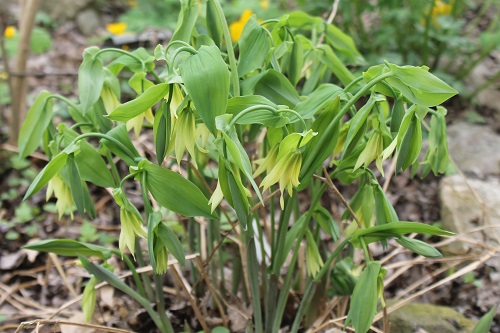
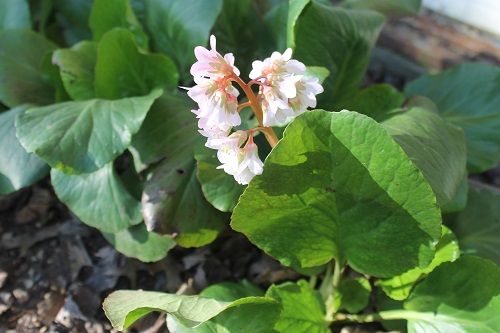



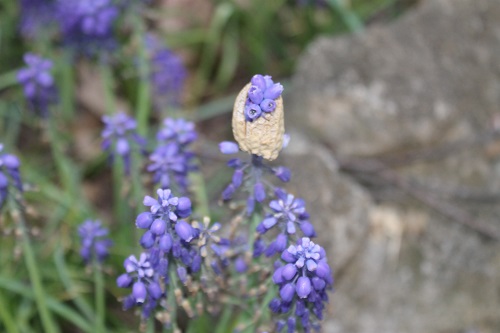
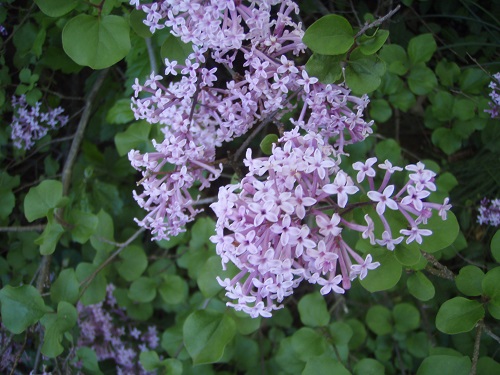
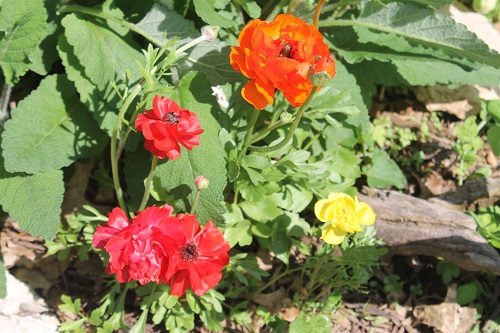
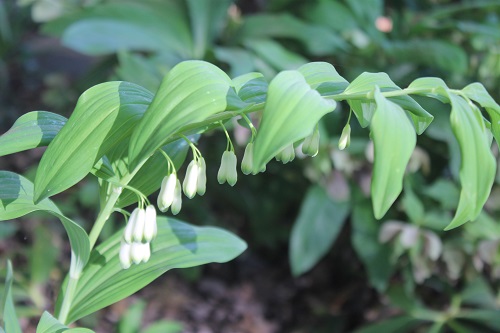
This gallery includes native species and my favorite garden flowers. Look for information with each photo. I live in plant zone 6. I’m using the most common name although sometimes it might be the Latin name.











Dolomite is another common mineral in sedimentary rock. It’s a carbonate mineral CaMg(CO3)2. Crystals are usually rhombic though growth can create a saddle-shape crystal. Color is commonly pearly white, but it can be pink, yellow, orange, brown or red. Those with the reddish tinge have iron in the atomic structure and are called ferroan dolomite.
Corydon Crushed Stone Quarry in Harrison Co., Indiana, is a top 3 or 4 American locality for its pink color. Intensity is variable and the color disappears if the specimen is left outside for a period of months or years.




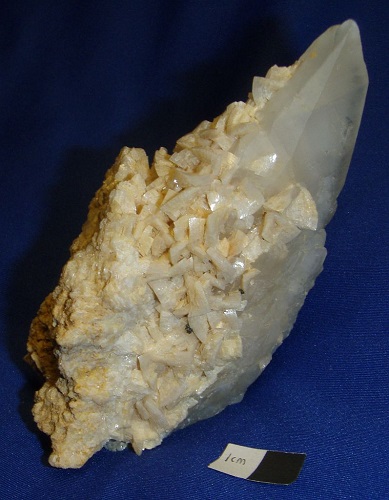
Harrodsburg, Monroe Co., Indiana, is a famous collecting locality for geodes. One of my favorites is the dolomite with a little iron giving it a vivid color.
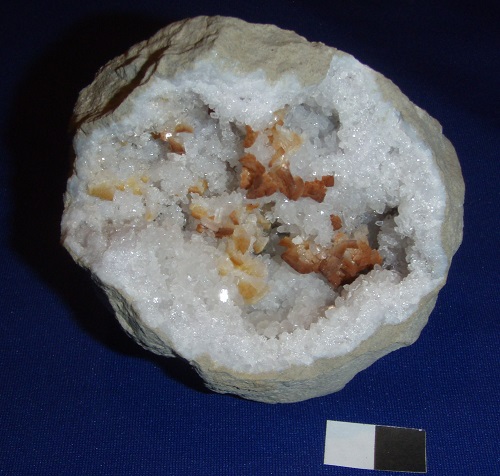
Sellersburg Quarry, Clark Co., Indiana, has rare vugs of dolomite, calcite and pyrite in the Jeffersonville Limestone.

Lebanon Quarry, Marion Co., Kentucky, has pale dolomite crystals in a dolostone breccia and in rare calcareous nodules in the New Albany Shale.

This quarry is located in Jeffersonville, Indiana, is the closest quarry to downtown Louisville. It is closed to collectors (don’t even ask) since late 2009.
The bottom of the quarry is Laurel Dolostone (Middle Silurian) and in ascending order: Waldron Shale, Louisville Limestone, Jeffersonville Limestone (Middle Devonian), Speed Limestone, North Vernon (= Sellersburg) Limestone, Beechwood Limestone, and basal New Albany Shale.
Unless noted, these photos were taken during a geology club visit on July 2004.










Annotated with site information, including geological / paleontological / mineralogical. Many quarries listed are closed or no longer allow collectors. This album serves to document geological locations – not to provide locations for you to visit. Assume all active mines to be closed to casual collecting.
Atkin’s Quarry in Jeffersonville, Indiana, was visited between 1994 and 2009. Access was curtailed with new management and policies in late 2009. Click on photo to see more.

Hastie’s Quarries, Hardin Co., Illinois

Speed Quarry, Clark Co., Indiana (Operated by Louisville Cement, then Essroc, then Italicementi, and now Heidelburg Cement, it will be closing soon if not already.)

Annabel Lee Mine – A fluorite mine in Hardin Co., Illinois that I visited with Chris Anderson in May, 1987. We spent an 8-hour shift documenting the mine operations and geology.

Coral Ridge / General Shale Brick Company, Jefferson Co., Kentucky – The type locality for the Coral Ridge pyrite-replaced fauna described by James Conkin in his master’s thesis published by the Paleontological research Institute in 1957. Many fossils were found over the years. The site became inaccessible in mid-2010 as our contact and many employees were laid off due to the 2008-9 recession and the lack of home building.
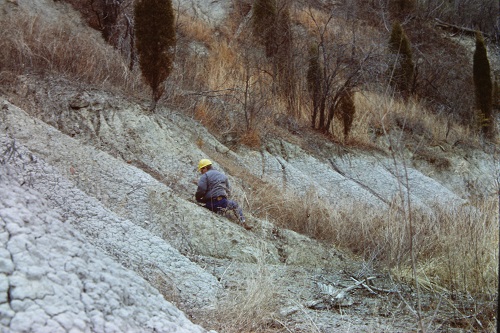
Additional locations – when I have time!
Boyle Co., Kentucky geode hunting – An area with geodes from smaller than an inch to bigger than 2-feet across. Mostly quartz with minor calcite, hematite, etc.
Cedar Creek Quarry, Bardstown, Kentucky – a limestone quarry (now closed) famous for trilobites in the Laurel dolostone. It also had brachiopods, crinoids, cephalopods, pyrite, calcite and sphalerite.
Carroll Co., Kentucky road cuts – in the Kope Formation, Upper Ordovician, they contain brachiopods, bryozoans, graptolites, mollusks, trilobites, and trace fossils.
Corydon Quarry, Harrison Co., Indiana – famous for superb pink dolomite with calcite of various shades of tan to white, often with inclusions of iron, rarely with millerite or MnO2. Quarry is active and closed to collecting.
Elizabethtown Quarry, Kentucky – a long-closed and now privately owned quarry that we collected 900 crinoids between 1990 – 1994. The scientific papers naming 9 new species were a result. The quarry had diverse Muldraugh, Harrodsburg & Salem Formation faunas.
Hardin Co., Kentucky road cuts – on Hwy 313, from the New Providence Shale to the St. Louis Limestone, Middle Mississippian age. Various fossils and geodes of calcite or gypsum.
Illinois side of the IL-KY fluorspar district (excluding Hastie’s & Annabel Lee mines)
Irvington Quarry, Breckinridge Co., Kentucky – famous for fluorite, calcite with minor quartz and other minerals. Locality owned by Liter’s, Inc. Closed to collectors, though the last time I visited, collecting was hardly worth the effort.
Kentucky side of the IL-KY fluorspar district – numerous old mines primarily dot Crittenden and Livingston Counties. No active mines since the 1960s.
Lebanon Quarry, Marion Co., Kentucky – Multiple quarries in various stages from long to recently abandoned to recently opened. Calcite and Ordovician fossils primarily. Oldest quarry has some Devonian fossils, largely weathered too much to be interesting.
Salem Quarry, Washington Co., Indiana – this closed quarry was famous for geodes with celestine and calcite. Fossils were known but not widely collected in the Mississippian formations.
Explore the diversity of nature through Alan’s lens*. Infinite diversity in infinite settings!
* And some of my daughter, Emily…
Categories include:

Insects, arachnids and other arthropods
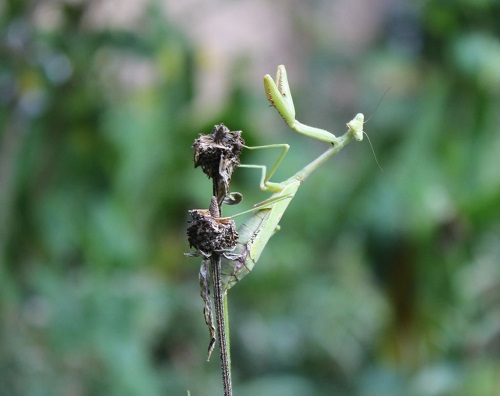
Reptiles & amphibians

Mammals
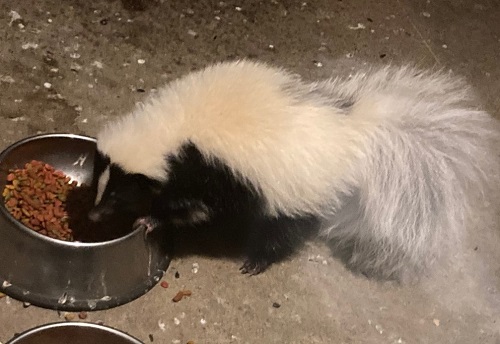
Fish
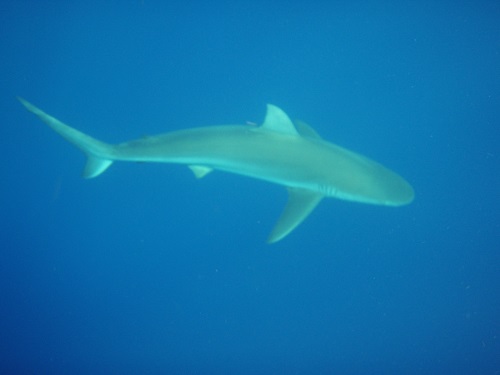
Ecological settings

Weather and Clouds
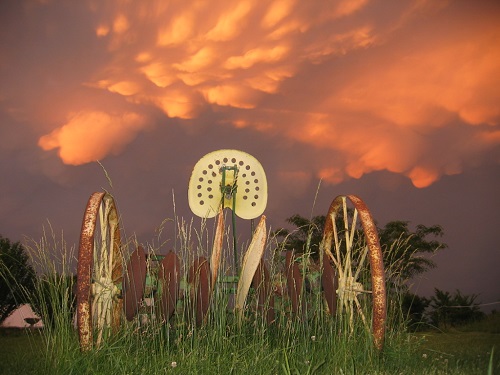
These are photographs representing many of the species I have collected over the years. I have 629 species, 373 genera of brachiopods in my collection.

These pages illustrate a lot of different kinds of fossils. Within 60 minutes of the Louisville, Kentucky, area, geological time periods represented include: Upper Ordovician, Silurian, Middle – Upper Devonian, and Mississippian (Lower Carboniferous). The Pennsylvanian (Upper Carboniferous) is a bit beyond. The Pleistocene is represented by sand & gravel, loess and cave deposits.
Consider all guides to be “works in-progress. Images and information will be added.
Misc. Fossils (Plants, wor犀利士 ms, microfossils, problematic, vertebrates)
Waldron Shale Fauna
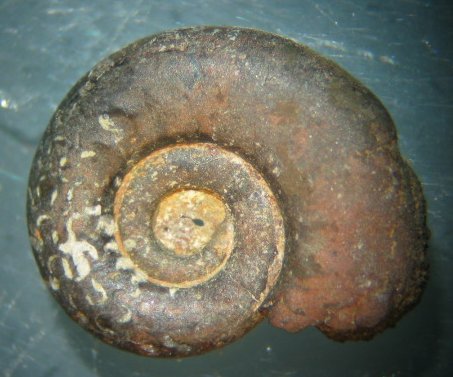
I’ve collected or traded for a lot of miscellaneous fossils that aren’t diverse enough to list by category. These include fossil plants, vertebrates (mostly fish bone pieces from local bone beds), worms, graptolites, and problematic fossils that may belong to other phyla but are odd examples.
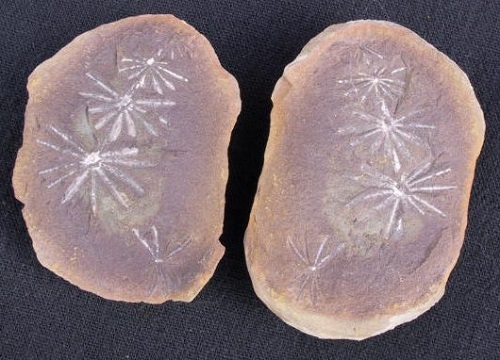
Preservation Key : C = Calcified, Ph = Phosphatic, P = Pyritized, S = Silicified, 1= w/o, matrix, 2 = w/
matrix
PLANTS Period or Epoch Location Preservation
Beckerosperma ovalicarpa (seed) Oligocene Oregon C,2
Callixylon newberryi ^ (wood) Middle Devonian IN S,1
^ (Almost the oldest petrified wood in the world)
Cederella merrilli (seed) Oligocene Oregon C,2
Various leaves Oligocene Oregon C,2
Various leaves Eoocene Colorado C,2
Malachite-coated lycopods Pennsylvanian Oklahoma M,2
Prismostyus sp. (Rhodophyte algae) Upper Ordovician KY C,1
Unidentified rhodophyte algae Middle Mississippian KY Carbonized, 2
PROBLEMATICA Period Location Preservation
Conularia sp. (Cnidarid) Upper Mississippian IN Ph,2 (partials)
Paraconularia sp. (Cnidarid) Middle Mississippian KY Ph,1,2
Sphenothallus sp. (Tube worm?) Upper Ordovician KY Carbonized, 2
WORMS Period Location Preservation
Cornulites flexuosus Upper Ordovician KY C,2
Cornulites proprius Middle Silurian IN C,1,2
Gitonia coralophila Middle Devonian IN S,1 (in horn coral)
Palaeoconchus annulatus Middle Mississippian IN,KY C,2
Palaeoconchus nodulatus ” ” IN,KY C,2
Preservation: C = Calcified, Ph = Phosphatic, P = Pyritized, S = Silicified, 1= w/o, matrix, 2 = w/ matrix
VERTEBRATES Period Location Preservation
Bone bed fish teeth & scales Middle Devonian IN Ph,2
Goniopholis sp. (crocodile tooth) Jurassic Wyoming Ph,2
Odontaspis sp. (shark tooth) Miocene Manoc, Portugal Ph,1
Orododus simplex Middle Mississippian KY Ph,2
Shark teeth Cretaceous MS Ph,1
Shark vertebrae Cretaceous Texas Ph,1
MISCELLANEOUS
Colelous tenuicinctum Middle Devonian IN S,C,2
Dictyonema sp. (graptolite) Middle Silurian IN Carbonized, 2
Geniculograptus typicallus Upper Ordovician KY Carbonized, 2
Tentaculites attentuatus Middle Devonian ONT C,1,2
Tentaculites richmondensis Upper Ordovician IN,KY C,2
Tentaculites scalariformis Middle Devonian IN C,2
Assorted Insects Eocene (Green River) CO Carbonized, 2
Preservation Key: C = Calcified, Ph = Phosphatic, P = Pyritized, S = Silicified, 1= w/o, matrix, 2 = w/ matrix
MICROFOSSIL COLLECTIONS
Salem Limestone – Forams, Ostracods, Sponge spicules, Holothuroid sclerites, Brachiopods, Gastropods, Clams, Echinoid spines, Bryozoans, Blastoids, Crinoid stems, Worms, etc. Indiana C,1 (shipped in zip-sealed bag)
Coon Creek marl – mollusk rich, Union Co., Mississippi C,1 (shipped in zip-sealed bag)
Trilobites and crustaceans are arthropods, the group that includes arachnids, horseshoe crabs, millipedes, and the like. Arthropods molt as they grow. The result is common fragments and rarer complete animals. (Updated Feb. 10, 2022)
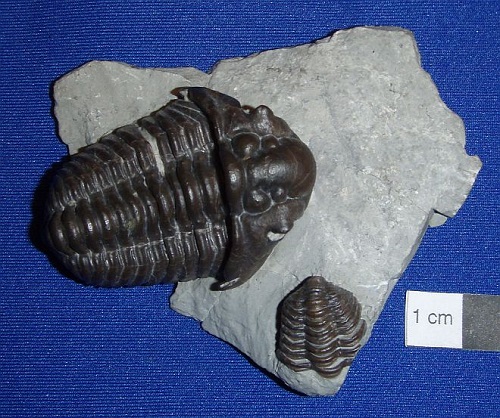
TRILOBITES Period Location Preservation
p = pygidium, t = thorax, c = cephalon
Arctinurus occidentalis (Hall) – Waldron Shale, Middle Silurian, Clark Co., IN – C,2
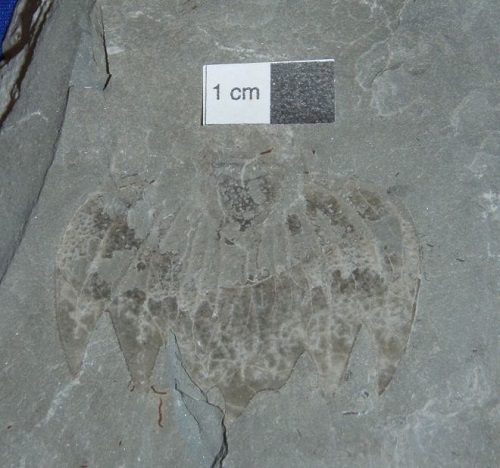
Bumastus sp. – Laurel Formation, Middle Silurian, Bardstown, Nelson Co., KY – C,2
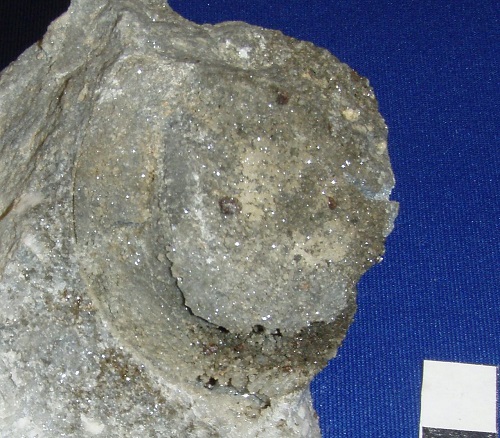
Calymene breviceps Hall – Waldron Shale, Middle Silurian, Clark Co., IN – C,2
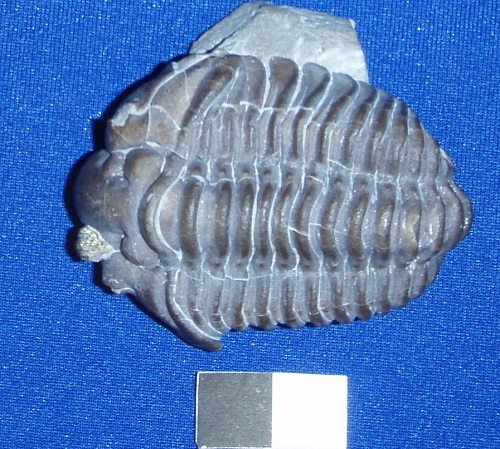
Cheirurus dilatatus Raymond – Waldron Shale, Middle Silurian, Clark Co., IN – C,2


Cryptolithus bellulus Ulrich – a blind trilobite from the Kope Formation, Upper Ordovician, Carrol Co., KY – C,1,2

Eldridgeops sp. (was Phacops) – Sellersburg Limestone, Givetian, Middle Devonian, Clark Co., IN – S,1,2
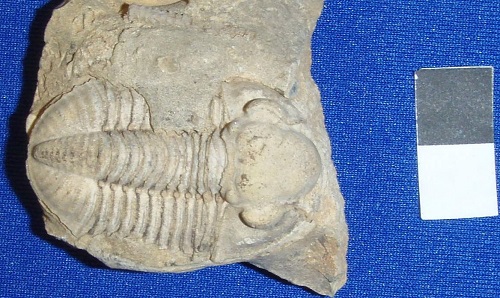

Flexicalymene granulosa Foerste – Kope Formation, Upper Ordovician, Carrol Co., KY – C,1,2
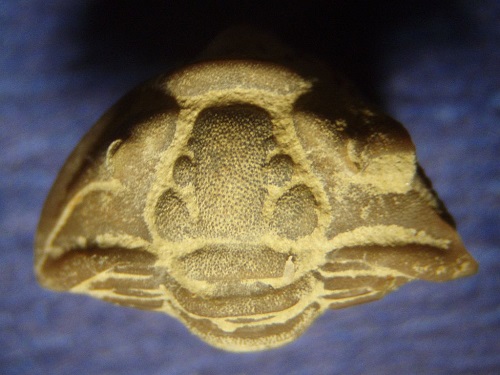
Glyptambon verrucosus (p,c) Middle Silurian IN C,2
Kaskia chesterensis (p) Upper Mississippian IN C,2
Litotix armatus (p,c) Middle Silurian IN C,2
Philibole conkini Hessler – Coral Ridge Member, New Providence Shale, Lowermost Middle Mississippian, Jefferson Co., KY – C,P,1,2
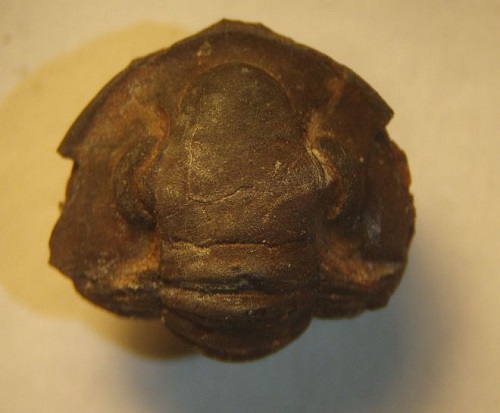
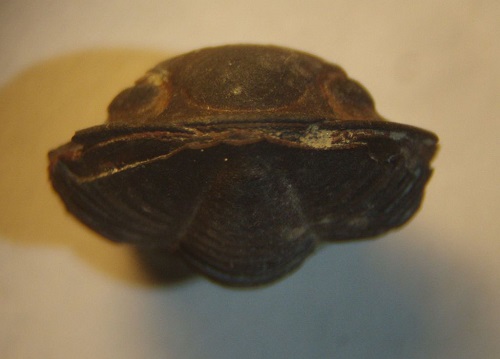

Sthenarocalymene celebra (Raymond) – Laurel and Louisville Limestones, Middle Silurian, Jefferson & Nelson Cos., KY – C,1,2
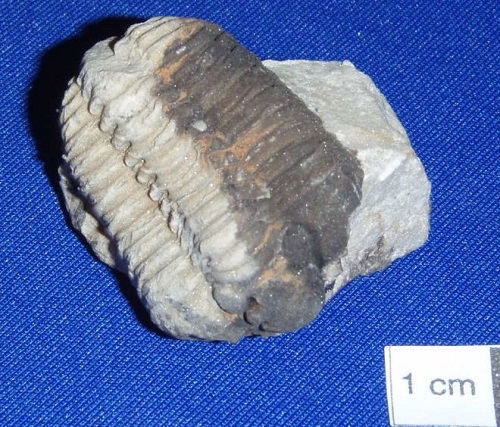
Trimurus delphinocephalus (Green) – Waldron Shale, Middle Silurian, Clark Co., IN – C,2
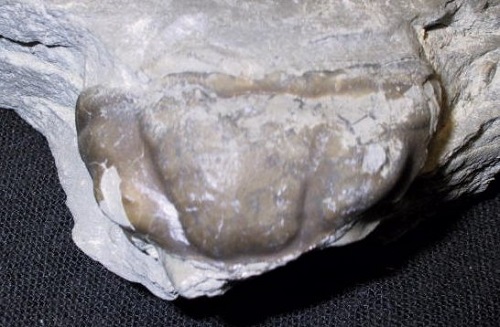
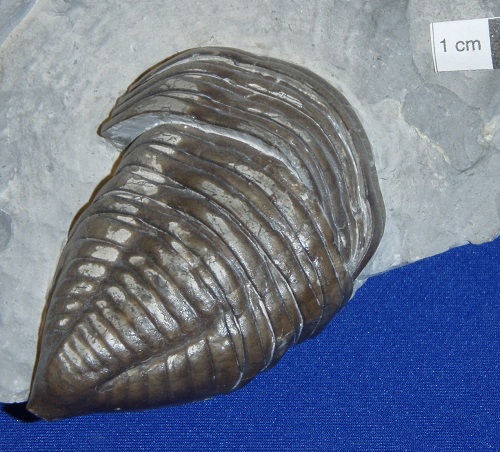
Trilobite hash: C. bellus, F. granulosa, Acidapsis, Ceraurus, Isotelus, and other fossils, Up. Ordovician, KY, C,2
CRABS / OSTRACODS
Dakoticancer australus (crab) Upper Cretaceous MS C,1
Paguristes whitteni (crab) Upper Cretaceous MS C,1
Paraparchites sp. (Ostracod) Middle Mississippian KY C,2
Unidentified ostracods Late Eocene or early Oligocene Colorado Carb,2
Trace fossils are evidence of action by living creatures. Examples include locomotion, feeding, nesting, excretions, etc. The division of paleontology that studies trace fossils is called “ichnology.”
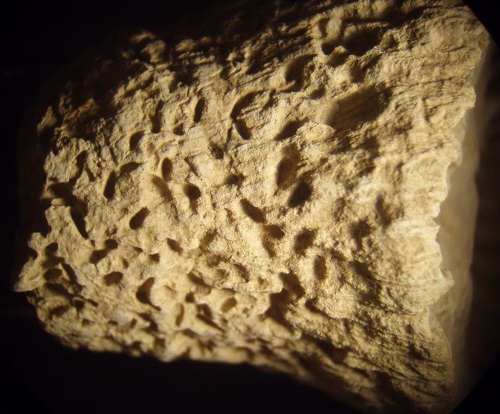
TRACE FOSSILS Period Location Preservation
Acrothoracid barnacle holes in coral Upper Mississippian KY C,2
Bored brachiopods (Inflatia) Upper Mississippian KY C,1,2
Bored rugose corals Middle Devonian IN,KY S,1
Bored stromatoporoids ” ” IN,KY S,1
Catellocaulis vellata Upper Ordovician KY C,1 (in bryozoan)
Chondrites sp. ” ” KY C,1
Fish coprolite Cretaceous British Columbia C,2
Sanctum laurentiensis Upper Ordovician KY C,1 (in bryozoan)
Scalarituba missouriensis Middle Mississippian KY P,1 (3-D)
Unidentified 3-D tubular struct. Middle Devonian IN S,1
Various feeding traces Middle Mississippian KY P,1 (3-D)
Various traces Upper Ordovician KY C,2
Various traces Upper Mississippian KY C,2